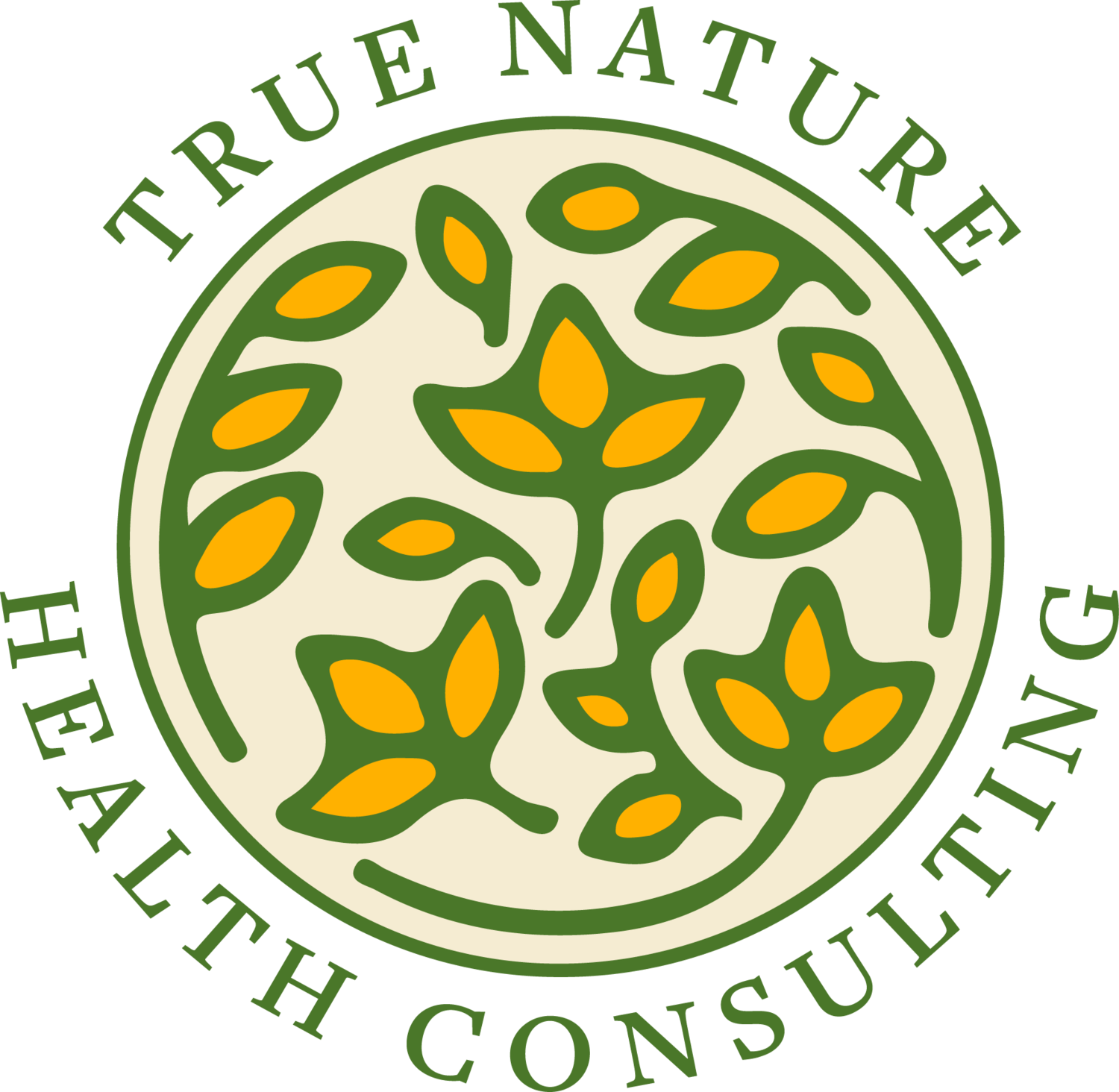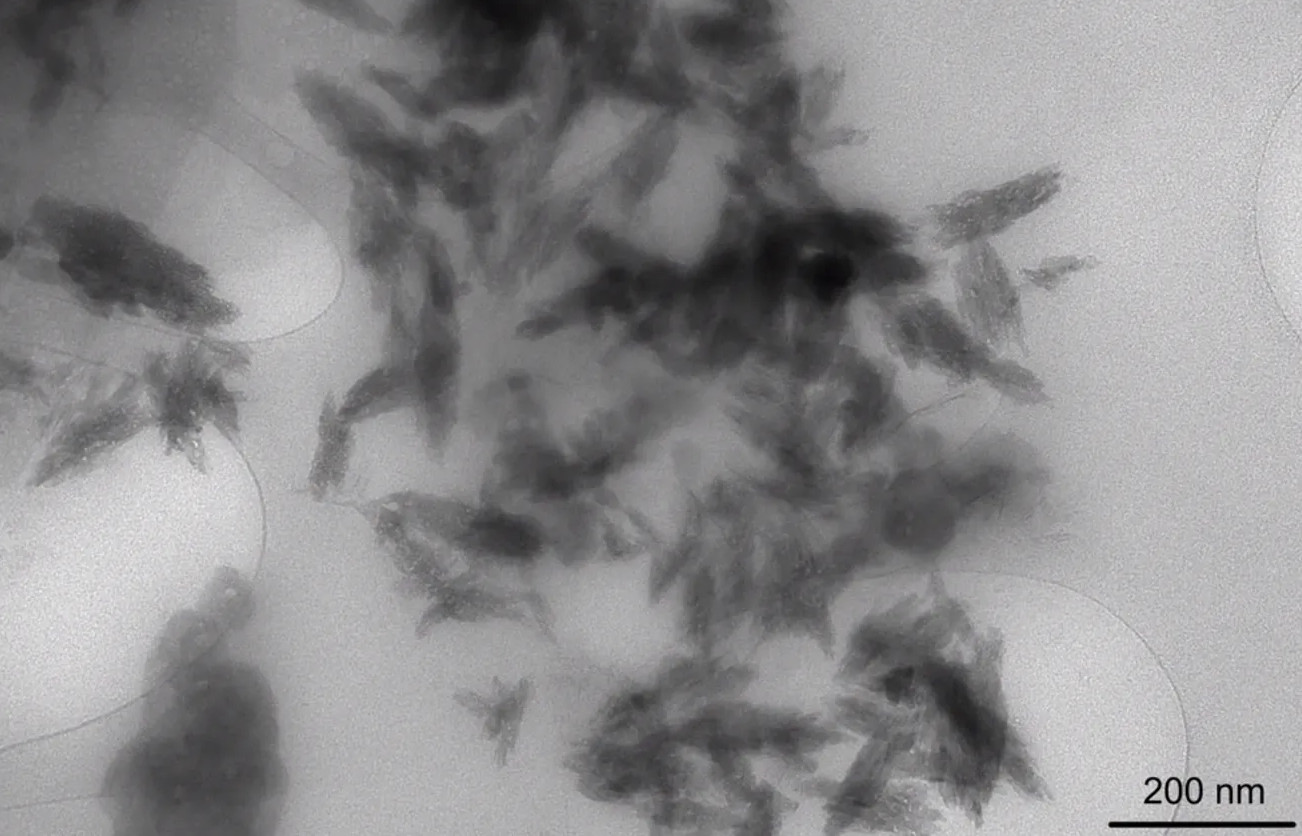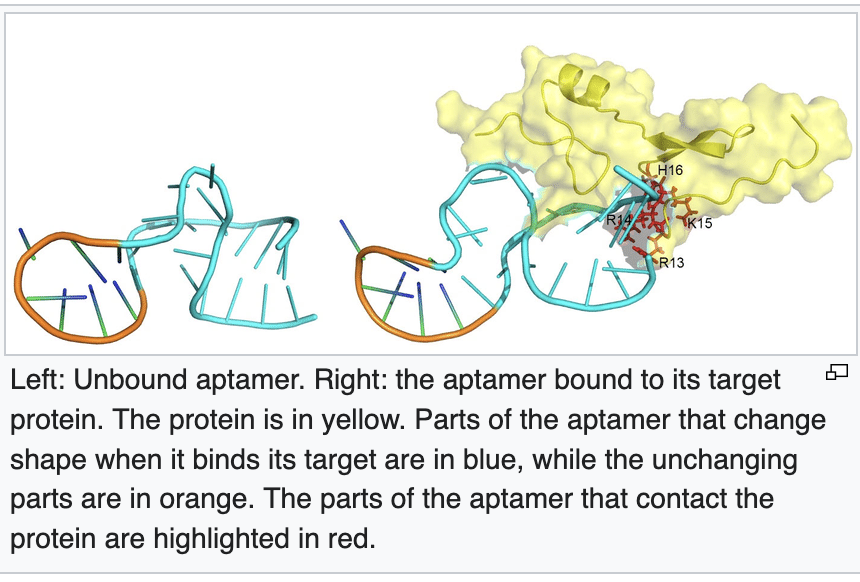Your Brain and Microplastics: Science and Solutions
Hello, I am Julie Donaldson and I am a clinical nutritionist with functional medicine training. I specialize in restoring balance in complex, chronic and acute health conditions. I welcome you to peruse other articles that may be of interest to you in your health investigation!
“Julie is the needle in the haystack that saved me. She just gets how to do things. There’s nothing to replace the one-on-one that she gives - I wasn’t created from a mold! Her ability to discover deep connections is unparalleled in the functional health community.”
A just-published study has delivered some very unfortunate information about microplastics in the environment and in our bodies. The study has shown from post-mortem dissection that the brain is holding the equivalent of a plastic teaspoon of microplastic fragments in its tissues. In the study, published in the journal Nature Medicine, University of New Mexico Health Sciences researchers found microplastics in human brains have increased 50% over the past 8 years, and that human brains now contain up to 30% higher concentrations of microplastics than other organs. The liver and kidneys are our other organs with significant accumulations of microplastics.
They also found that people with dementia had up to 10 times as much plastic in their brains as everyone else. Atrophy of brain tissue, impaired blood–brain barrier integrity and poor clearance mechanisms are hallmarks of dementia and would be anticipated to increase [micro- and nanoplastic] concentrations," they wrote.
Let’s look at how and why this is happening, and explore some deeper science in how to protect ourselves more effectively.
The equivalent of plastic found in human brain tissues
How is this happening?
In general, it is believed that microplastic particles enter the body as we eat, drink, or breathe them in. They are in our water supplies, beginning in the oceans and moving into fresh water and municipal water sources. Our farmed foods are watered with this contaminated water, as are the grasses and hays being consumed by our animal food sources.
Most certainly, our exposure to microplastics is increasing and our bodies are struggling to keep up with clearing them in such numbers. Brain tissue is about 60% fat, and fat tissue is one of the main storage areas in the body for toxins that accumulate/are not efficiently cleared. Bone is another storage area.
Finding the particles in higher concentrations in the brain was a surprise because of the existence of the blood-brain barrier, which protects the brain against infection. The levels found in the brain are concerning because the brain has limited clearance systems to remove such toxins (unlike the kidneys and liver).
The microplastics are comparable in size to that of a virus, allowing them to penetrate the blood-brain barrier. Such particles have been found in numerous other parts of human bodies, including arteries, lungs, hearts, blood, placenta, breast milk, and the male sex organs.
Microplastic particles in brain. Courtesy of scientists at the University of New Mexico
Why do we care about plastics in the body?
We care because they are highly toxic. In the study, researchers detected 12 different polymers, the most common of which was polyethylene, widely used for packaging and containers, including plastic bottles and cups. Cancers associated with plastic polymers include hepatocellular (liver) carcinoma, pancreatic cancer, pancreatic ductal adenocarcinoma, biliary tract cancer, and some endocrine-related cancers. So, clearly, while the liver is tasked with breaking down and methylating toxins such as plastic, there is a price to be paid for some in the end, when the burdens exceed the capacity and/or there are deficits in normal detox. (Two of the above noted cancers are related to the liver and gallbladder.) Given too much toxic substance to clear, we may end up with both tissue damage in the filtering organs as well as the accumulation of plastics in the brain. Either/both can cause deadly cancers.
The researchers in this latest study noted that the accumulations were not significantly different based upon age. This means that greater accumulation is not necessarily expected over time. That being said, accumulation can be affected by the susceptibility of the brain and by failures of detoxification/methylation in individual scenarios. This begs the question of how to best protect ourselves.
There are no great or specific products for detoxing plastic
So, what do we do? Here’s where we are going to do a deep-dive into the body’s functions and some innate provisions for dealing with a toxin as potent as plastic. Time to hop into your science mind for a few moments!
Since this research was published, most news and health sites are only telling you to avoid plastics and be sure to “detox” - what good will this do if you can’t avoid plastics in your water and food?? Studies have shown that plastic fibers are found in over 88% of meat and plant-based meat options. They are also in the water that you drink and shower in, as well as absorbed through the root systems in plant foods - there are no “safe” foods at this point.
And what good will this advice do if your body isn’t finely tuned for methylating and excreting toxins? We’ll cover both topics below.
It begins with something called an aptamer. Aptamers are oligomers, consisting of a few repeating units. Plastics are polymers, consisting of thousands to millions of units. Aptamers can bind to very specific molecules - in this case, to plastic polymers. Aptamers and antibodies are similar, and aptamers are sometimes classified as chemical antibodies. (Remember, an antibody attacks a foreign protein in the body, such as a that coming in with a pathogen. Antibodies help remove foreign substances from the body that can cause illness and disease.)
Microplastic fragments
In the research involving plastic toxicity, aptamers come front and center. The research shows that the most effective aptamer for binding plastic polymers (especially polyethylene) are pyrimidines. What are pyrimidines? They are nucleotides which are recycled in the body through the natural breakdown and replacement that occurs in cell turnover in the body. Nucleotides are the primary building blocks required for DNA and RNA synthesis.
Research from 2019 confirms that pyrimidines are present in the brain.
Recycling of pyrmidines happens through the nucleotide salvage pathway, a metabolic mechanism in which organisms recycle nucleotides instead of destructing them.
And how does this happen? Through the successful completion of autophagy and mitophagy, which are based upon mitochondrial health and numbers. They are the natural processes of cleanup and replacement of old, dead cells in the body.
Autophagy and mitophagy are key to many immune, energy and antioxidant functions. The mitochondria play the final role in the Krebs cycle, which is responsible for successful energy creation for every single function in your body. It is dependent upon the proper input of nutrients for a person’s metabolic individuality. Without this, both mitochondrial function and numbers are compromised.
Let’s introduce another key requirement. In order for the salvage pathway to have pyrimidines and purines to recycle, there must also be successful completion of the pentose phosphate pathway, which generates some of the compounds necessary for creation of nucleotides. And, guess what is critical to this particular pathway? balance in oxidative functions/redox status. This is one more thing we keep in the forefront here at True Nature.
Now, what is one of the most serious disruptors of the pentose phosphate pathway? Glyphosate. And where does glyphosate come from? Pesticides. It is used in conventional farming on a widespread basis. It contributes to numerous diseases and to gluten intolerance. Glyphosate-induced oxidative stress throws sensitive redox systems out of balance. For many who have invested in plant-based diets, the news is not good. A 2023 study concluded that the increase in plant-based food consumption leads to a substantial increase in exposure to pesticide residues - especially with foods farmed conventionally, using synthetic pesticides containing glyphosate.
In addition to these pathways producing pyrimidines, we also get them from certain foods. Those foods are also high in purine content, which is another nucleotide similar to pyrimidines. Where have you heard about purines? right here at True Nature. They are discussed as a necessary part of nutrition that few people have heard of. They are especially important to the protein types of MT® and to women as they near their cycle. The darker a red meat or organ meat, the higher the purine content. Purines have gotten a bad name for their potential association with gout (there is just as much association with fruit/fructose). While foods high in purines may contribute to gout, there is no association of high pyrimidines with this condition. And what we need to consider about this association is not necessarily excess of the food, but the breakdown and excretion of uric acid through the urine. Factors that can inhibit proper handling and excretion of uric acid include:
Dehydration
Kidney stress and disease
Metabolic diseases
Systemic inflammation in the body
Thyroid and/or parathyroid diseases
Acidosis
Genetic mutations
B12 defiiciency
All of these factors are things that are (fortunately) supported by MT® nutrition. Refining and maintaining one’s personalized nutrition needs helps to stabilize all homeostatic mechanisms in the body.
It is a constant and ongoing conversation that explains why we need regular evaluation of detox/methylation processes in the body. This does not mean fasting & “doing detoxes”, it means everyday support of our innate methylation processes to remove toxins such as plastic from the body. It also doesn’t mean relying on genetic tests with identified mutations - these are influenced by epigenetics and can be switched on or off accordingly.
As part of every personalized program at True Nature, we investigate and individually support your unique biochemical expressions of detox capacity. This is the gentle and steady way to protect the body without “detoxing” rapidly and dumping copious amounts of toxins into the blood stream. Most specifically, we do this with testing of unique blood markers and appropriately designed protocols. These processes help us to regularly eliminate plastics through our filtering organs. Effective binding from pyrimidines gives us further support.
Proper nutrition + pentose phosphate pathway + autophagy/mitophagy = pyrimidine recycling = plastic binding
〰️
Proper nutrition + pentose phosphate pathway + autophagy/mitophagy = pyrimidine recycling = plastic binding 〰️
Summations and solutions
The reality of microplastics throughout our living environment now accumulating in our brains and other vital organs is a challenging one. But if we understand the deep connections between our nutritional health, body systems and abilities to handle such threats, we are many steps ahead in the quest for longevity and holistic health. Avoidance and reduction of exposure to plastic materials matters, but it is not enough to eliminate the problem and risks.
Know your MT® and practice it as a lifestyle - it is your mainstay to create the most effective binder for microplastics, pyrimidines, as well as to optimize mitochondrial function & numbers
Test appropriately and address results with personalized protocols to support detox/methylation and immunity
AVOID “detoxes”, as they can do more harm than good
Utilize the best of the best in antioxidants that help you maintain redox balance
Consider buying produce that is produced through hydroponics, as these are less exposed to environmental toxins such as glyphosate and plastics
Make as high a percentage as possible of your diet organic - this also prevents exposure to pesticides including glyphosate
Allow me to present your healing opportunities in a unique one-on-one discovery. Email me today at Julie@truenaturehealthconsulting.com. I provide holistic telehealth services.
Julie Donaldson





